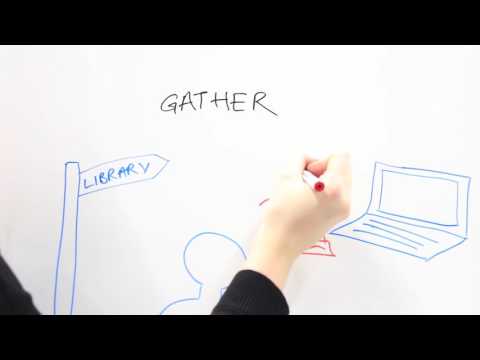4.6: Information Literacy
- Page ID
- 46127
Learning Objectives
Identify the seven pillars of information literacy
People will often talk about the importance of information literacy, but just what does it mean to be information literate? The American Library Association defines information literacy as the ability to “recognize when information is needed and have the ability to locate, evaluate, and use effectively the needed information.”[1]
The Society of College, National and University Libraries (SCONUL) 7 Pillars of Information Literacy provides a framework strategy for assembling material for your research project. If you follow this strategy, you can consider yourself information literate.
The pillars are as follows:
- Identify what you need to find out.
- Assess current knowledge, identify your personal knowledge gaps, and understand what types of information are available.
- Plan where you’ll locate data and how you’ll use it.
- Gather data needed, keeping track of where you found your information
- Evaluate both your research process and the information your find; compare and analyze data.
- Manage the information you’ve gathered professionally and ethically—cite all of your sources.
- Present the knowledge you’ve gained, disseminating information to others and apply your knowledge to your life.
practice questions
Once you’ve evaluated your personal skill set, you can identify gaps in your current material or sources. This can be particularly helpful when determining whether any primary source research is required, and especially whether you would need to conduct any of your own fieldwork (i.e., surveys, interviews, observations, etc.).
Watch This
This video provides an alternate presentation of the seven pillars, diving into each component a bit deeper.
- American Library Association. Presidential Committee on Information Literacy. Final Report. (Chicago: American Library Association, 1989.) ↵
Contributors and Attributions
- Information Literacy. Authored by: Freedom Learning Group. Provided by: Lumen Learning. License: CC BY: Attribution
- SCONUL 7 Pillars of Information Literacy. Authored by: Billie Coxhead. Located at: https://www.youtube.com/watch?v=LLMMt9rkGnk. License: All Rights Reserved. License Terms: Standard YouTube License


